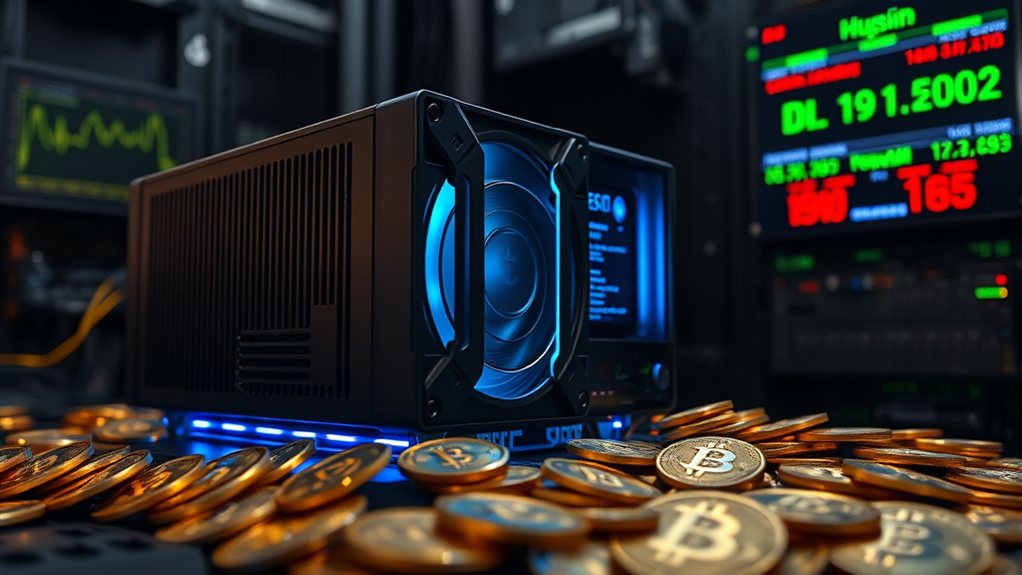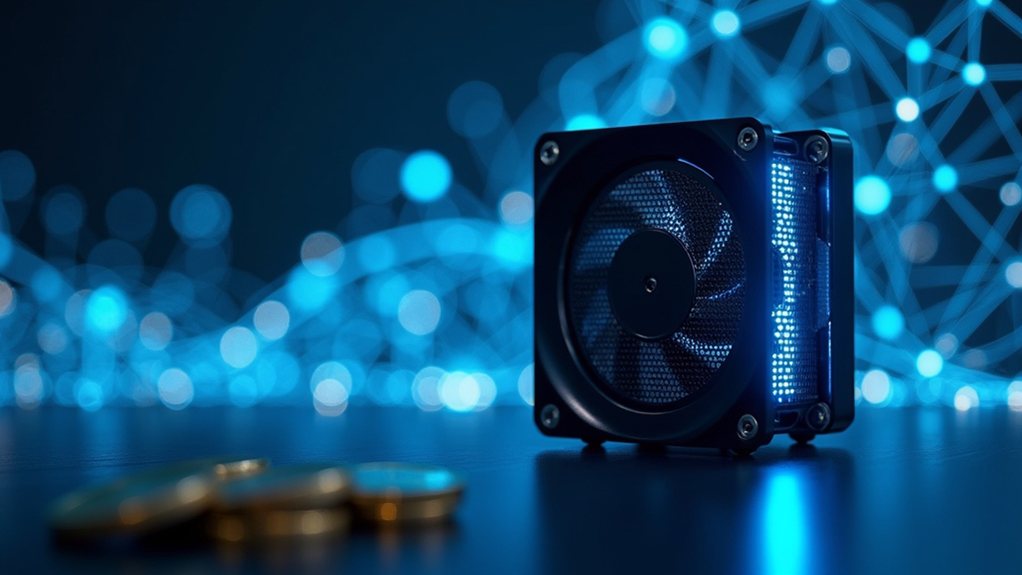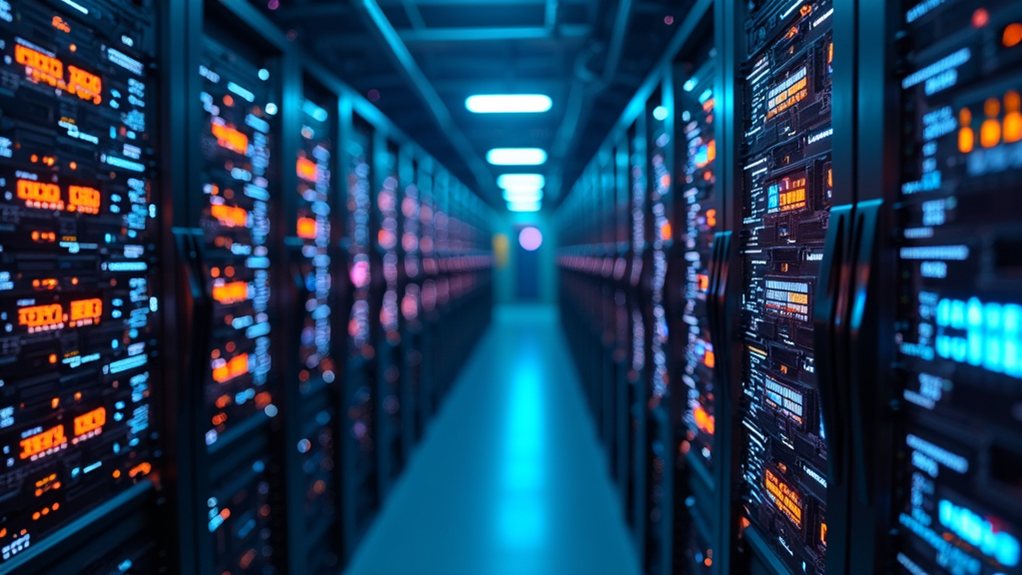Mining one Bitcoin is not a direct process. With today's network, a solo miner with 100 TH/s would need about 28.5 years to mine a full block (3.125 BTC). Most miners join pools to receive smaller, regular payments based on their contribution. Mining duration depends on equipment power, network difficulty, and electricity costs. The process becomes longer after each halving event, with rewards decreasing approximately every four years. Additional factors influence this timeline.

Just how long does it take to mine a single Bitcoin? The answer isn't straightforward and depends on several important factors including mining equipment, network conditions, and whether someone mines alone or with others.
For solo miners with a single ASIC miner producing about 100 TH/s of computing power, the odds are challenging. They face a 1 in 1,500,000 chance of successfully mining a block with each attempt. At this rate, it would take an average of 28.5 years to mine a full block. With the current block reward of 3.125 BTC (as of April 2024), a solo miner with 100 TH/s might expect to mine about 0.219 BTC per year.
Solo Bitcoin mining is a lottery with astronomical odds—a single miner might wait decades for their moment of blockchain glory.
The total Bitcoin network hash rate currently stands at approximately 600 EH/s (as of February 2024). This massive computing power is why it's so difficult for individual miners to compete. A single modern ASIC miner like the Antminer S19 Pro, which delivers 110 TH/s, represents just 0.00011 EH/s of the network's total power.
Most miners join mining pools to improve their chances of earning rewards. Pools combine the computing power of many miners and share rewards when they successfully mine a block. This approach provides more consistent, though smaller, payouts. Pool miners receive payments daily or weekly based on their contribution to the pool's total hash power. Pool fees, however, reduce overall earnings. The Proof of Work consensus mechanism is the foundation of Bitcoin's mining system, requiring significant computational effort to validate transactions and secure the network.
The network's mining difficulty adjusts approximately every two weeks (every 2,016 blocks) to maintain an average block time of 10 minutes. As more miners join the network or use more powerful equipment, the difficulty increases, making it harder to mine bitcoins. Each mining attempt requires finding a 64-digit hexadecimal number that meets the network's difficulty target.
Hardware efficiency plays a significant role in mining speed. ASIC miners are far more efficient than GPUs for Bitcoin mining. Older equipment takes longer to mine the same amount of Bitcoin compared to newer, more powerful machines.
Environmental factors also influence mining time. Electricity costs vary by location, and cooling requirements affect mining efficiency. Some regions have regulations that limit mining operations. Miners in areas with access to renewable energy may operate more efficiently than those relying on expensive grid power.
Block rewards have a substantial impact on mining time calculations. Bitcoin undergoes "halving" events approximately every four years, reducing the reward per block. The current reward is 3.125 BTC, down from the original 50 BTC. The next halving is expected in 2028, which will further increase the time needed to mine one Bitcoin.
Transaction fees provide additional income for miners, helping to offset the decreasing block rewards. As block rewards diminish over time, these fees become increasingly important for mining profitability. Once all 21 million bitcoins are mined around the year 2140, miners will depend entirely on transaction fees for revenue rather than block rewards.
Frequently Asked Questions
What Hardware Is Best for Bitcoin Mining Today?
The best hardware for Bitcoin mining today is ASIC (Application-Specific Integrated Circuit) machines.
Top models from manufacturers like Bitmain and MicroBT deliver hash rates of 90-110 TH/s with efficiency ratings of 30-40 J/TH.
High-end miners cost between $2,000-$13,000.
Immersion cooling can boost efficiency by 20-30%.
The mining industry continues to evolve with companies like Intel entering the ASIC manufacturing space.
How Much Electricity Does Bitcoin Mining Consume Monthly?
Bitcoin mining consumes approximately 7.5-12.5 terawatt-hours (TWh) of electricity monthly, based on annual estimates.
That's roughly equivalent to the entire monthly electricity usage of Argentina.
Mining operations contribute to about 0.5% of global electricity consumption.
While more than half of this energy comes from renewable sources, the network still uses seven times more electricity than all of Google's operations combined.
Is Solo Mining Still Viable for Individual Miners?
Solo mining is rarely viable for individuals today. The math simply doesn't favor small miners.
With network difficulty at record highs, most solo miners would wait years without finding a block. Large mining operations with thousands of machines dominate the industry.
Most individual miners now join pools where they share rewards based on contributed computing power, providing more consistent, albeit smaller, payouts.
What Happens to Mining Difficulty After Bitcoin Halving Events?
Mining difficulty often drops shortly after Bitcoin halvings as less profitable miners shut down.
The 2024 halving was unusual, seeing a 2% increase instead. Historically, difficulty rebounds and grows long-term as Bitcoin's price recovers and mining technology improves.
After the 2020 halving, difficulty initially fell 6% and 9% in consecutive adjustments before climbing.
Mining difficulty adjusts every two weeks to maintain Bitcoin's 10-minute block time.
Can Mining Profitability Be Calculated Before Starting?
Yes, mining profitability can be calculated before starting. Miners use online calculators that factor in electricity costs, hardware expenses, Bitcoin price, and current mining difficulty.
These tools provide estimated earnings based on a miner's hash rate and power consumption. However, profits aren't guaranteed since Bitcoin prices fluctuate daily and mining difficulty adjusts every two weeks.
Hardware depreciation and regulatory changes also affect long-term profitability forecasts.










